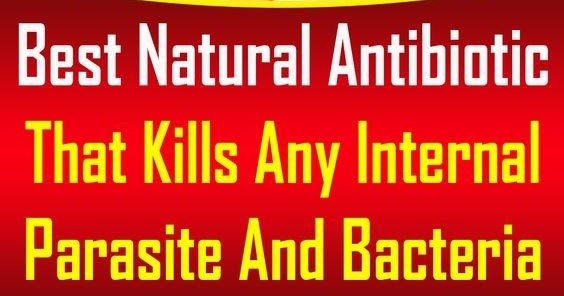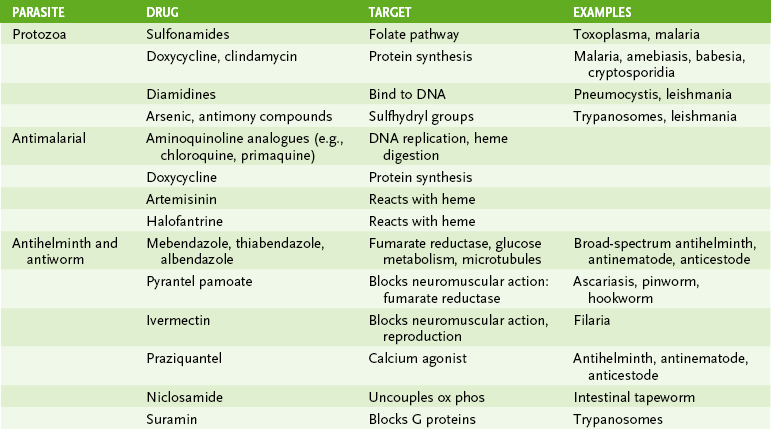

^ Hemphill A, Mueller J, Esposito M (2006)."Nitazoxanide: a new broad spectrum antiparasitic agent". In vitro, NTZ and tizoxanide function against a wide range of organisms, including the protozoal species Blastocystis hominis, C. NTZ is generally well tolerated, and no significant adverse events have been noted in human trials. It is composed of a nitrothiazole-ring and a salicylic acid moiety which are linked together by an amide bond .

Nitazoxanide (NTZ) is a main compound of a class of broad-spectrum anti-parasitic compounds named thiazolides. Nitazoxanide is a thiazolide antiparasitic agent with excellent activity against a wide variety of protozoa and helminths. "Research perspective: potential role of nitazoxanide in ovarian cancer treatment. "Fumagillin treatment of intestinal microsporidiosis". ^ a b Molina JM, Tourneur M, Sarfati C, et al.Spectrochimica Acta Part A: Molecular Spectroscopy. A causative agent for eye keratitis infection". "A novel antiamoebic agent against Acanthamoeba sp. ^ Kusrini E, Hashim F, Azmi WN, Amin NM, Estuningtyas A (2016).^ a b c Kappagoda, Shanthi Singh, Upinder Blackburn, Brian G.Balsam of Peru, which has antiparasitic attributes.In the last decades, triazolopyrimidines and their metal complexes have been looked at as an alternative drug to the existing commercial antimonials, searching for a decrease in side effects and the development of parasite drug resistance. Metal-containing compounds are the subject of another avenue of approach. Between 20, twenty new antiparasitic agents were developed or in development. This led to new public sector and public-private partnerships (PPPs), including investment by the Bill and Melinda Gates Foundation.

īetween 19 only 13 of 1,300 new drugs were antiparasitics, which raised concerns that insufficient incentives existed to drive development of new treatments for diseases that disproportionately target low-income countries. Drug development history Įarly antiparasitics were ineffective, frequently toxic to patients, and difficult to administer due to the difficulty in distinguishing between the host and the parasite. The Egg hatch assay can be used to determine whether a parasite causing an infection has become resistant to standard drug treatments. Resistance to antiparasitics has been a growing concern, especially in veterinary medicine. Administration Īntiparastics may be given via a variety of routes depending on the specific medication, including oral, topical, and intravenous.


 0 kommentar(er)
0 kommentar(er)
